|
|
|
Figuratively Speaking Frank Alley |
|
|
Sqn Ldr Ron. Guthrie
One day at lunch at the officers’ mess at Laverton, I sat opposite a pilot who looked a little unwell. I remember he was drinking milk. A slim, good looking man who I had not see before. I think the pilot must have left the table before I had finished lunch and I asked someone at the table ‘who was that?’. Maybe I wasn’t given the name, but was told that he had been shot down over Korea and had bailed out at a high altitude. That’s all I knew at the time.
In recent years my memory has returned to the days when I was in the RAAF. One person I remembered was a Wng Cdr W. J. Guthrie who was the CO of the Officers Training School, a gentleman who seemed to understand my frustration of that OTS course when all I wanted to do was get to work and not spend time learning ‘couth and culture’. On searching the internet, I came across a Ron Guthrie, who as a Warrant Officer, had been shot down in a Meteor of 77 Squadron on the 29th August, 1951. But, photographs of Ron Guthrie showed a slim, cheerful sort of man. The Guthrie at OTS was a large fellow and in my memory didn’t look like that Ron Guthrie of the internet photos. After 8 years living abroad, I returned to Australia in July 2006, with my 5 year old son, Julian. Within a couple of weeks I took Julian to Fighter World at Williamtown and saw the name of a Ron Guthrie listed as a POW in Korea. Subsequent to that, when looking up some old school mates from the late 50’s I happened upon Kerry Ross who was a volunteer at Fighter World and he told me that Ron Guthrie used to sometimes visit and was the only person allowed to sit in the Meteor there.
I explained who I was, swapped a few stories and he agreed for me to visit him for an interview. He told me that the book had virtually sold out. When I had asked about that pilot in the mess, the view was that his experience of spending so long descending in a parachute in freezing Korea, must have affected his health. In the book, Ron explained that the parachute descent was not unpleasant.
I visited Ron on Tuesday the 15th January, 2008. I took with me an article from the internet about the pilot who shot down Ron’s Meteor and included a photo of the Russian pilot, Lev Kirillovich Shchukin. As usual, there is dispute as to who made the ‘kill’. In Ron’s book the ‘kill’ is credited to Nikolai Babonin, but more of that later. This is the result of the visit.
I found the Guthrie household in an elevated part of New Lambton on a tree-lined street. A slim, gentle looking lady met me and I said ‘you must be Beris’. ‘Do I know you?’ she asked. After explaining who I was and who the Radschool Association was to Beris, Ron appeared. He is 82 years of age and all I can hope for at 65, that I can be half as alert and bright as he is when (if) I reach that age. It seems that Ron has been interviewed umpteen times and found that I was asking questions he had never answered before. Three hours later, there was still much I wanted to hear.
Ron joined the RAAF at the age of 18 during
WWII and had his wings at 19. He found himself towing gunnery
He thought it sad that so many serviceable planes were to be scrapped and some apparently dumped at sea. Radial engines from Boomerangs found their way into civilian aircraft.
By the time his flying was finished he had flown Tigermoths, Wirraways, Winjeels, Fairey Battles, Kittyhawks, Mustangs, Avro Ansons, Bristol Freighters, DC3’s, Vampires, Meteors, Lincolns and Mirage and Hornet simulators. Ron was then, at the end of the war, offered a choice, be discharged or be retrained as an air traffic controller. He chose the latter and went to Canberra for training.
A posting to Schofields in Sydney allowed Ron more flying opportunities, this time in DC3’s on the Japan run. There were 3 squadrons of Dakotas at Schofields, 36, 37 and 38. This run was to supply the Australian contingent of the Japan occupation forces after the war.
There were no ATC’s at Darwin and Ron was invited to take the job there with a choice of posting after his stint there. He chose 34 Squadron, which had a variety of aircraft at Malala near Adelaide.
War started in Korea and the RAAF suddenly needed fighter pilots. Ron got the call and finished up at Williamtown virtually as a founding member of the re-formed 75 Squadron after a stint with 76 Squadron Mustangs.
Then off to Korea to join 77 Squadron which had been flying Mustangs, but when Russian built Mig15’s appeared it was decided to re-equip with Meteors from England. Ron was the only pilot in the squadron with jet experience. The Meteors came with 4 RAF instructors and the squadron was converted in a period of about 10 weeks. Incredibly they didn’t lose a pilot through accident during training.
Ron flew 14 combat sorties (air-to-air and bomber escort) before his last on the 29th August, 1951. At this point I would like to refer you to Ron’s own book: ‘Escape from North Korea: The Ron Guthrie story’, co-written by Col King. This book was privately published because the mainstream publishers are no longer interested in ‘war stories’. What frustrates me about this is that there is so little written about the Korean conflict, called a ‘police action’ by the United Nations, rather than a war. There is precious little written about personal stories of Australian servicemen. For example, the late Bon Hall has written a number of books, one of them ‘The Railway of Death’ detailing his experiences as a POW on the infamous Burma Railway. Has anyone seen this book. I have tried, but without success to find this book.
Bon also wrote a history of radio in the RAAF. I accept that this book would have a limited audience. However, lately we have had politicians and educators going on and on about the teaching of history to young Australians. Surely the story of what our men and women suffered as POW’s is history we ought to know. But perhaps it would not be politically correct to mention those things, especially as a couple of our significant trading partners are Japan and Korea.
A brief summary of what happened on the 29th August. Ron was tail-end-Charlie and after some confusion found himself attacking a Mig15, which he probably shot down. Suddenly he found his own aircraft disintegrating around him and managed to successfully eject. At that point in history it was the fastest and highest bailout attempted successfully. Speed Mach 0.84, altitude 38,000 feet. Temperature, minus 50 centigrade. Dress, light cotton flying suit, American GI boots. Armament, pistol. His descent took about half an hour and finally landed between two peasant women working in a field. After getting over their fright, they ran and Ron found himself confronted by a group of North Korean soldiers, one of them firing a sub-machine gun at him.
Deciding to take one of them with him, Ron shot and killed the young soldier. He was then captured and amazingly was not punished for the killing of the soldier.
Later, under interrogation, two European looking men came, claiming to be Russian pilots. One said, through an interpreter that he was the pilot who shot Ron down. That pilot was probably Lev Kirillovich Shchukin who is credited with 15 certain ‘kills’ and many possibles. Lev himself was shot down twice. I have found documents on the internet which tend to support this. These documents have sources in Russia, America and China.
Lev Kirillovich Shchukin (left) as an older man. He retired in 1977. At one stage he was an advisor to the Egyptians and Vietnamese air forces.
Ron believes that if they had known that the Migs were piloted by Russians, they would not have been out there looking for trouble. Besides, nobody wanted to get the Russians involved at that stage. Recently published books give more detail, from released documents, of how the Korean war really got started. I recommend reading ‘Odd Man Out’ by Richard Thornton, which details the involvement of Truman, Stalin and Mao, who was the odd man out.
How it wasn’t the North Koreans who really wanted to go to war, but Stalin who egged them on with promises of support that never really eventuated. Stalin wanted to get America involved in a war, by getting North Korea to attack, but by making sure they did not win too easily and then having China intervene, which is what really happened. The communist side of the war was effectively controlled from Moscow. Of course eventually it ended in stalemate with terrible losses, particularly for the Koreans.
Ron spent two years as a POW and had a rough time of it. He did try to escape and was eventually recaptured. He tells me that he had a 24” waist when he returned to Australia after being set free. On questioning he says that he has no feeling for wanting to go back to Korea as he found the Korean men cruel. The Chinese captors, he said, all spoke English fluently and were a mixture of cruelty and gentleness. They did not understand westerners and it was easy to pull their legs. They of course were full of propaganda, something in which they were not alone.
After release Ron was debriefed by Australia army and RAAF intelligence
personnel, at an army
base in Japan. They did not want to believe his story about the Russian
pilots. On return to
Australia he found that no one from security seemed interested in
debriefing him in a significant
manner. He was eventually sent to East Sale for a refresher course on
Wirraways. Someone
thought to ask him about his medical examination. What examination?
None. Sent to Melbourne
where they told him he had contracted TB. For Ron that seemed to be the
end of his flying
career. He was told to drive in his new car, slowly, with his new wife
to Richmond where he
would undergo treatment for TB. Instead at Richmond they found he had
appendicitis, did the
operation and all
Ron’s discharge was at Williamtown and he decided to settle in Newcastle. In his retirement he still keeps in touch with the RAAF, but most of his comrades from the old days have since passed on. He was an honorary member of the Officers’ Mess at Williamtown. He occasionally pays a visit to ‘Fighterworld’ at Williamtown, where he is given the only right to sit in a Meteor.
His story has been told many times, in many publications and Ron remains generous with his time. He has contributed to another book of Col King, ‘War Gave us Wings’. Col, an ex- RAAF pilot, was told by publishers that no one was interested in those stories now. So he used his own money to publish the book, but therefore, only a limited number. Ron was a graduate of the Empire Air Training Scheme, but in Australia rather than Canada. So many of the Australian boys who were trained in Canada finished up in Bomber Command and lost their lives.
For me Ron Guthrie represents that spirit of the joy of life. His had been in peril, but throughout his, at times brutal captivity in North Korea, he seems never to have given up hope. Perhaps it was his sheer love of flying which represents his love of life. He is and was air force through and through, still sounding like a serving member of the RAAF.
I am 65 years of age and can only hope to reach 82, but my
greater hope is that I could reach that venerable age with the
same grace and spirit, with the same mental acuity and zest
for life as is so evident in this man. Ron, above, posing in his old uniform on the front verandah of his house, (2007).
|
|
|
|
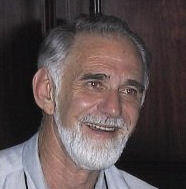
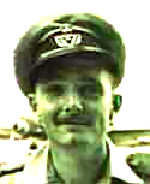
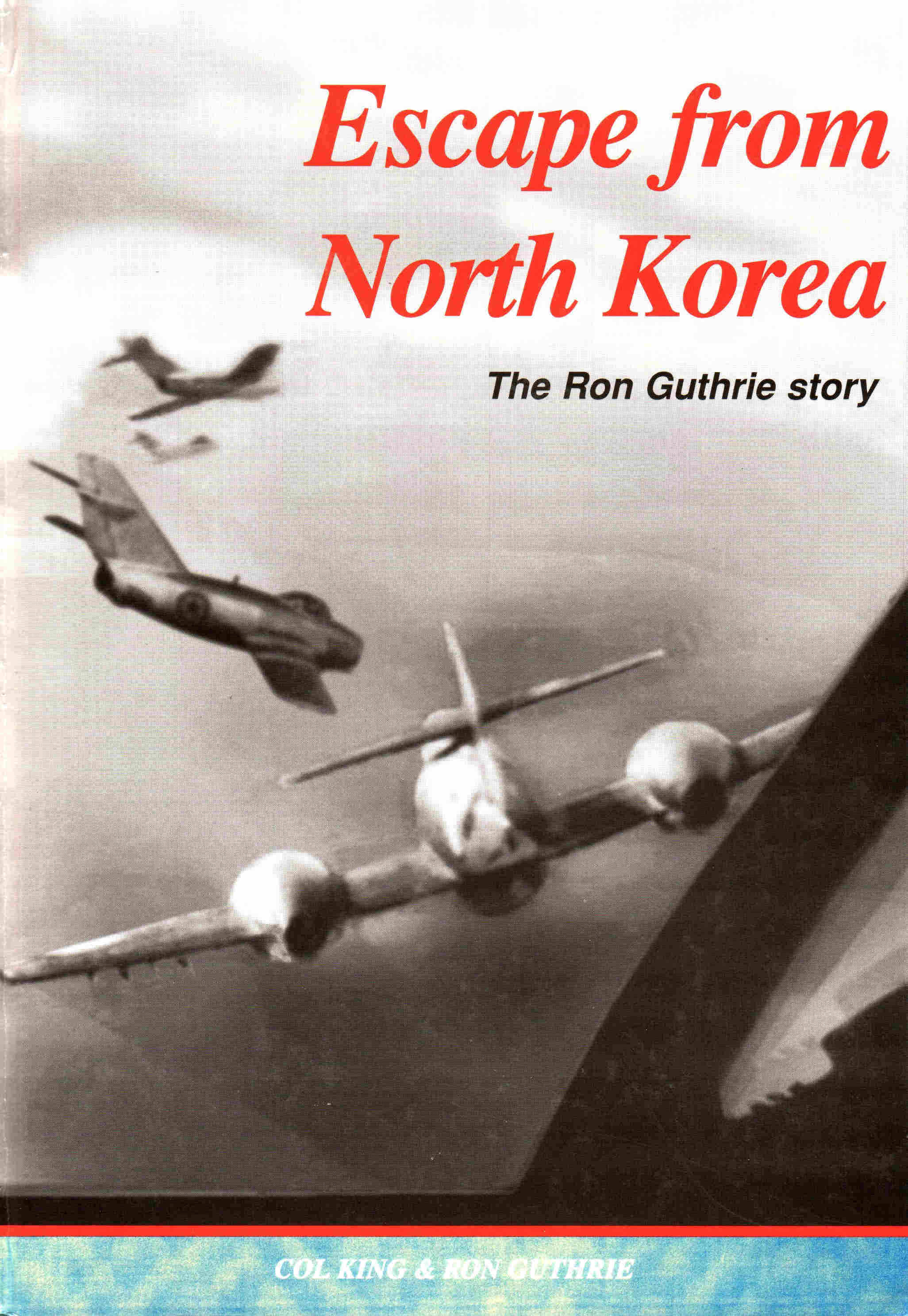 My local library had the book ‘Escape from
North Korea, The Ron Guthrie Story’ (co-written with Colin King) which I
immediately borrowed and read with relish. I put 2 and 2together and
figured Ron Guthrie must be living in Newcastle (I can be a bit of a
slow thinker after liberal helpings of red wine). So, I found him in the
telephone directory and made contact. On the end of the line was a
friendly man, proud of his achievements, bright, alert and with such a
young-sounding voice.
My local library had the book ‘Escape from
North Korea, The Ron Guthrie Story’ (co-written with Colin King) which I
immediately borrowed and read with relish. I put 2 and 2together and
figured Ron Guthrie must be living in Newcastle (I can be a bit of a
slow thinker after liberal helpings of red wine). So, I found him in the
telephone directory and made contact. On the end of the line was a
friendly man, proud of his achievements, bright, alert and with such a
young-sounding voice.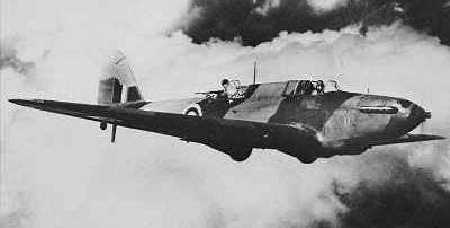 targets in
a Fairy Battle (left). He was then posted to Oakey in Queensland as a
Warrant Officer and found 650 fighter aircraft put on his charge. These
aircraft were being kept in storage after the end of the war. It seems
he was the only pilot on the place and found that he was able to ‘test
for airworthiness’ a number of different aircraft, such as P-40 Kittyhawks, P-51 Mustangs, but didn’t bother with the Boomerangs or
Spitfires.
targets in
a Fairy Battle (left). He was then posted to Oakey in Queensland as a
Warrant Officer and found 650 fighter aircraft put on his charge. These
aircraft were being kept in storage after the end of the war. It seems
he was the only pilot on the place and found that he was able to ‘test
for airworthiness’ a number of different aircraft, such as P-40 Kittyhawks, P-51 Mustangs, but didn’t bother with the Boomerangs or
Spitfires.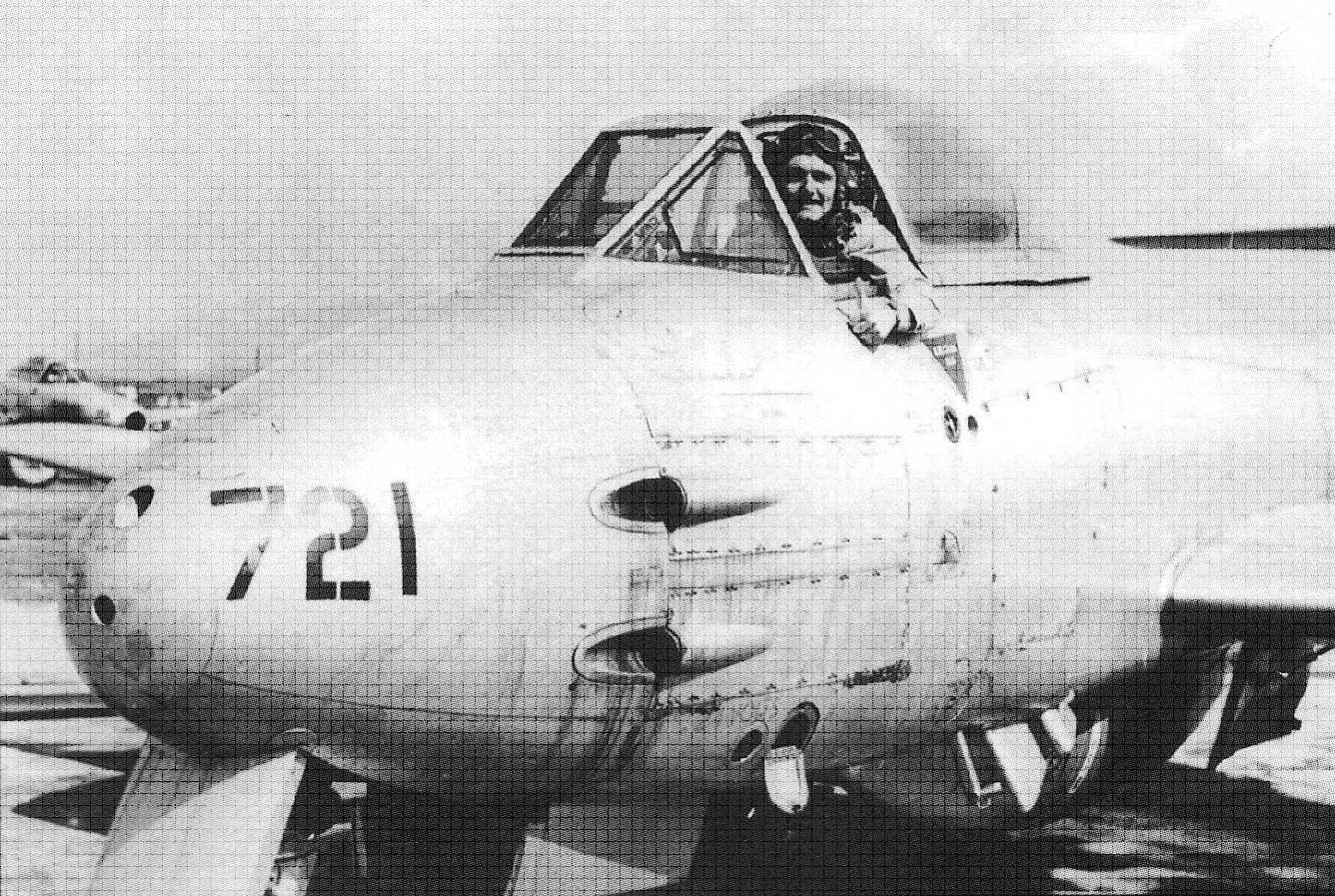
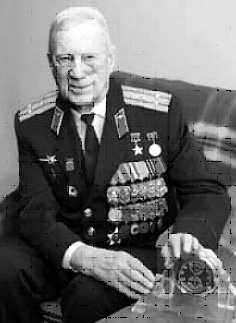
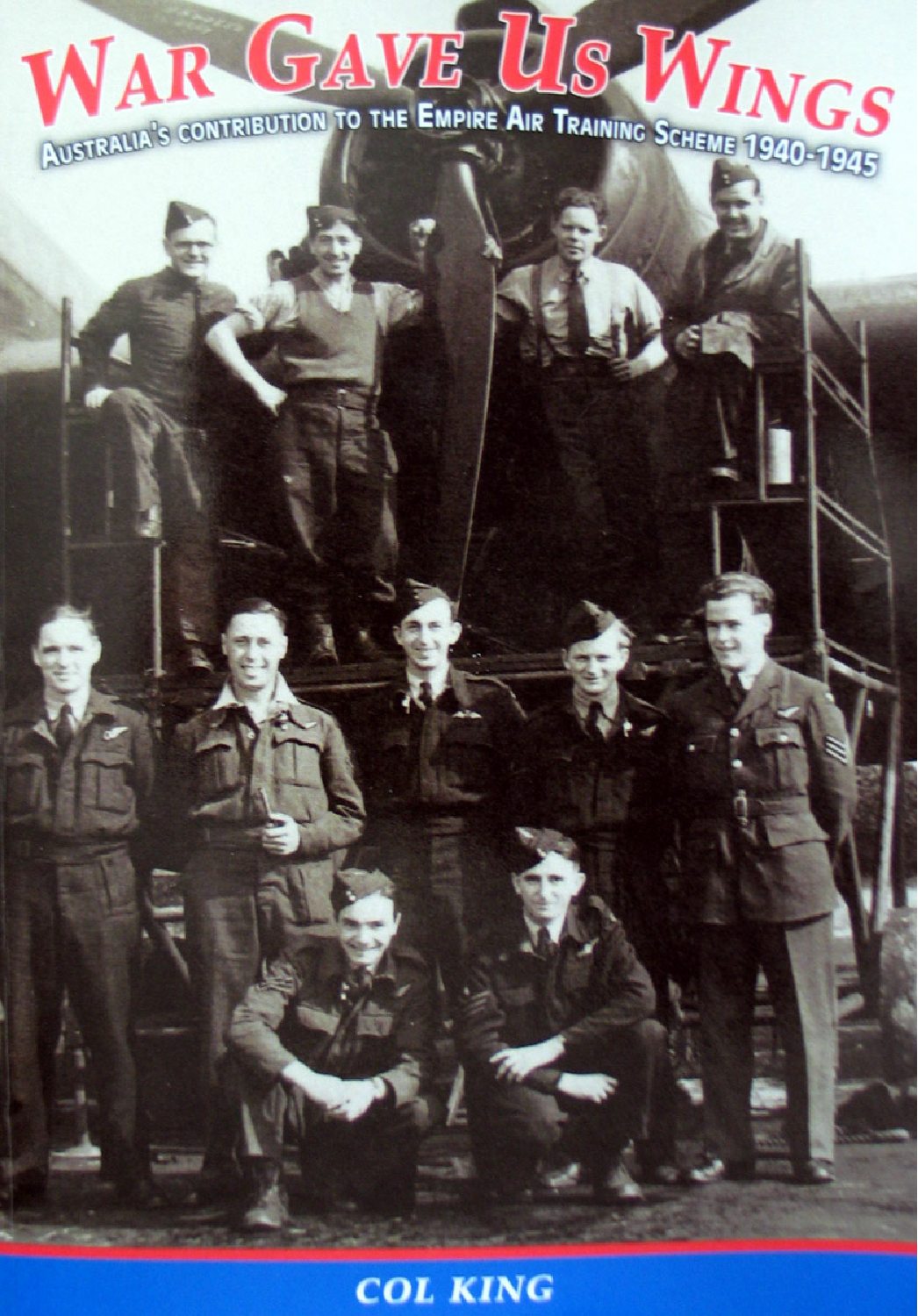 was well. Later Ron became a flying instructor at
was well. Later Ron became a flying instructor at
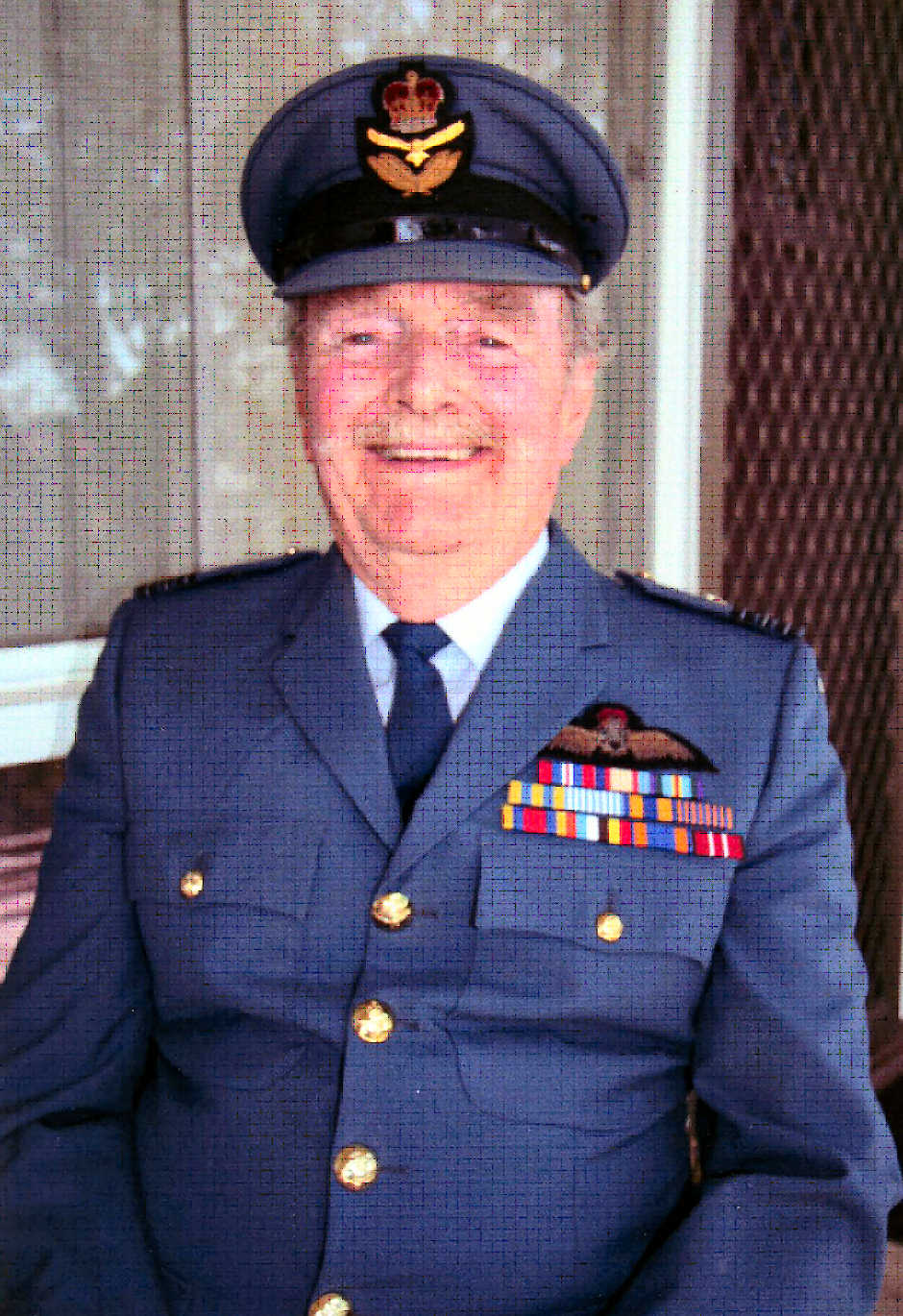 The story is told of the new squadron replacements arriving at their
base in England and asking
how many sorties constituted a tour. They were told, 30, to which they
enquired, ‘how long does
it take to do 30 sorties’. There was no answer because no one at that
stage had managed to
finish a tour.
I can recommend an excellent work of documentary fiction by Len Deighton,
based on fact,
‘Bomber’. There is also a dramatised BBC version, quite terrifying to
listen to.
Len Deighton also wrote a historical and objective account of
the bombing campaign over Europe, in ‘Blood, Tears and
Folly’.
The story is told of the new squadron replacements arriving at their
base in England and asking
how many sorties constituted a tour. They were told, 30, to which they
enquired, ‘how long does
it take to do 30 sorties’. There was no answer because no one at that
stage had managed to
finish a tour.
I can recommend an excellent work of documentary fiction by Len Deighton,
based on fact,
‘Bomber’. There is also a dramatised BBC version, quite terrifying to
listen to.
Len Deighton also wrote a historical and objective account of
the bombing campaign over Europe, in ‘Blood, Tears and
Folly’.